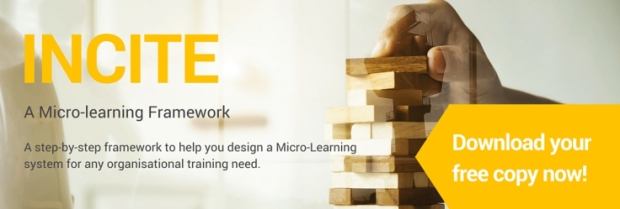
The other day, I found myself sitting across the learning manager of a large pharmaceutical company. He was faced with a daunting task – training his company’s medical reps, and if there’s one thing we all know about medical reps it is that they are always on the move. 2,000 medical reps running around the entire western zone are not a pleasant lot to get together in a room for training.
E-learning had naturally been the top suggestion internally, and our creds were impressive enough for him to ask for my suggestions on the matter. I hesitated for a bit (It was a sitter of a large deal if we just churned out the e-learning they wanted) and then suggested that a possible potent solution for the problem could be mobile learning. What surprised me though was the response I received…
“Well, we are planning to build a robust e-learning course with a specific focus on product knowledge and to host it on our internal LMS. I think it has a mobile interface as well. Won’t that be enough?”
For those of you who think that the solution is viable, do consider the difference between e-learning and mobile learning before any implementation.
- For starters, the purpose of e-learning is to provide in-depth knowledge on a subject, while that of mobile learning (m-learning) is to support an on-going learning process where the learner needs quick access to information, usually on the go.
- M-learning is designed for smartphones and tablets with each screen having not more than 1 idea, while e-learning is designed for consumption on a large screen that has the space for complex and detailed information.
- Lastly, m-learning is designed to be completed in 3 – 10 minute bursts, while e-learning requires the learner to go through each module with an average duration of 20 – 30 minutes.
I explicitly stated these differences to the manager, and not surprisingly, he took the point. Now, convincing his company is another matter, but he seemed up to the task. Whether the deal goes through or not finally, I am inclined to believe that it is better to do it right or not at all. Everybody should know that mobile learning requires expertise and specificity of thought and design. It is not simply e-learning on the mobile. It is not.





